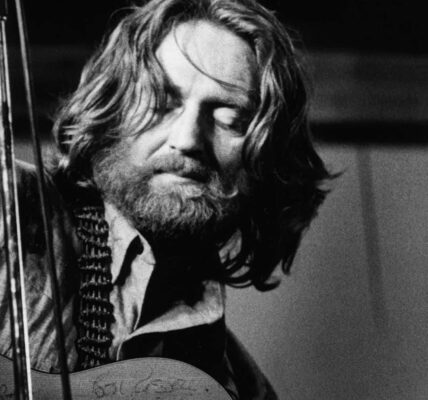Please enable JavaScript to view protected content.
Please enable JavaScript to view protected content.
Please enable JavaScript to view protected content.
The Birth of the Song Please enable JavaScript to view protected content.
Please enable JavaScript to view protected content.
Lyrics and Themes Please enable JavaScript to view protected content.
Please enable JavaScript to view protected content.
Please enable JavaScript to view protected content.
Please enable JavaScript to view protected content.
Please enable JavaScript to view protected content.
Musical Brilliance Please enable JavaScript to view protected content.
Please enable JavaScript to view protected content.
Connection to the Film Please enable JavaScript to view protected content.
Please enable JavaScript to view protected content.
Chart Success Please enable JavaScript to view protected content.
Please enable JavaScript to view protected content.
A Worker’s Anthem Please enable JavaScript to view protected content.
Please enable JavaScript to view protected content.
Cultural Legacy Please enable JavaScript to view protected content.
Please enable JavaScript to view protected content.
Stage Adaptation In 2009, 9 to 5 was adapted into a Broadway musical, with Dolly writing new songs to accompany the original hit. Though the show had a short run, it introduced the story and music to a new generation. Dolly’s title song remained the heart of the production, proof of its lasting appeal.
Why It Endures
Please enable JavaScript to view protected content.
Please enable JavaScript to view protected content.
Conclusion Please enable JavaScript to view protected content.
Please enable JavaScript to view protected content.
Please enable JavaScript to view protected content.







